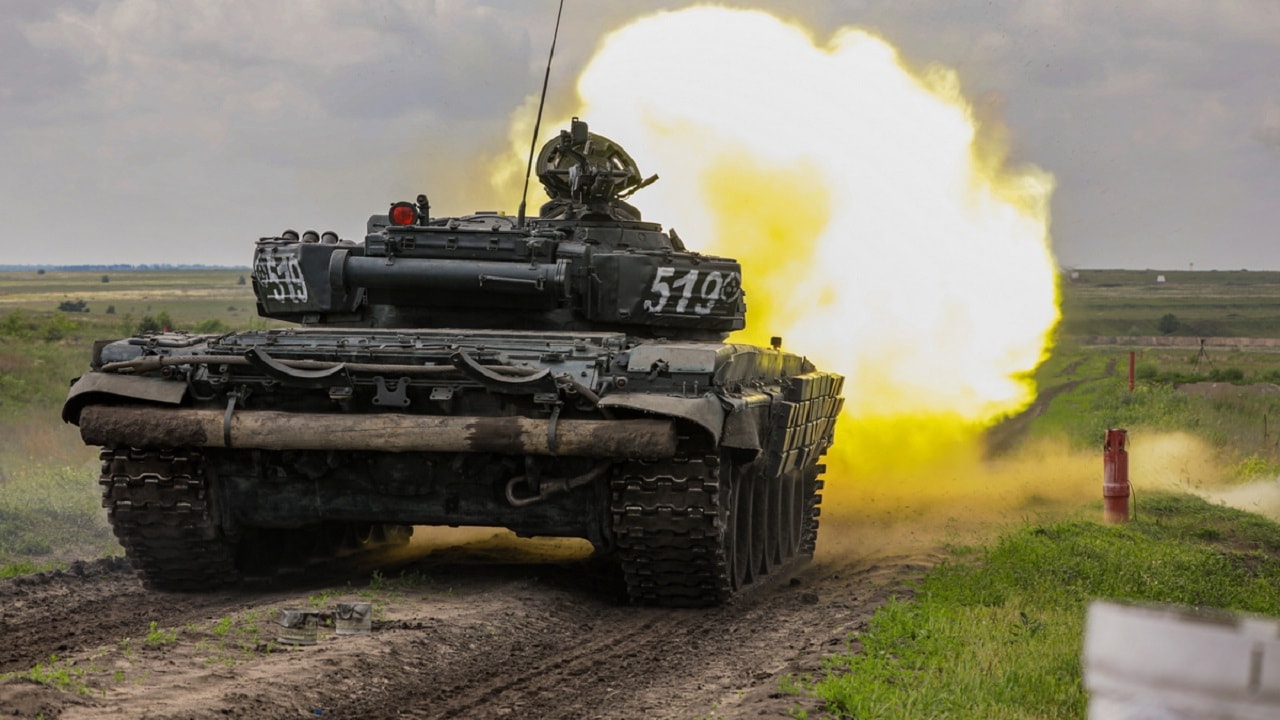According to the Main Intelligence Directorate of the Ukrainian Ministry of Defense, over 3,000 Russian soldiers contacted its “I Want to Live” Coordination Center about deserting. That’s twice as many Russians as in previous months, a possible sign of growing Russian fears of the forthcoming Ukrainian offensive.
The “I Want to Live” hotline was established on September 18, 2022. The date was not accidental, as the Kremlin declared a partial mobilization of several hundred thousand reservists on September 21. As a result, at least half a million young and largely urban professionals fled Russia for Georgia, Kazakhstan, and other destinations, while some 3,000 contacted the Ukrainian hotline. The first Russian serviceman to desert did so on October 5. After October, some 1,400-1500 Russians contacted the Center every month.
Russia responded by blocking the website, but Russian soldiers can still contact the Center by calling the hotline (+380 44 35 08 917) or visiting a special chatbot, Telegram, or WhatsApp site.
Alternatively, if they want to surrender on the battlefield, the Center advises them as follows:
-If you want to surrender alone, remove the magazine and place the weapon on your left shoulder with the barrel pointing downwards. Raise your hands with a white flag (or any white cloth) and cry, “I surrender!” When ordered to, approach the Ukrainian soldiers and execute their commands.
-How to surrender in a group or unit? Turn off the motor of your armored vehicle … and stand in front of it, walk away from all your weapons and send a negotiator (an officer or a senior commander), who should carry no weapons and hold a white flag.
If the above numbers are accurate, then roughly 12,000 Russians have contemplated desertion since September 2022. Although that’s a very small percentage of the total number of Russian troops in Ukraine (about 325,000), the very fact that any soldiers are willing to risk execution or imprisonment in order to survive is not unimpressive. More important is the trend line. If the twofold increase in March really reflects Russian nervousness about the coming offensive, then it may be symptomatic of a broader decline in morale—which bodes well for the Ukrainian armed forces.
Author Biography and Expertise:
A 19FortyFive Contributing Editor, Dr. Alexander Motyl is a professor of political science at Rutgers-Newark. A specialist on Ukraine, Russia, and the USSR, and on nationalism, revolutions, empires, and theory, he is the author of 10 books of nonfiction, including Pidsumky imperii (2009); Puti imperii (2004); Imperial Ends: The Decay, Collapse, and Revival of Empires (2001); Revolutions, Nations, Empires: Conceptual Limits and Theoretical Possibilities (1999); Dilemmas of Independence: Ukraine after Totalitarianism (1993); and The Turn to the Right: The Ideological Origins and Development of Ukrainian Nationalism, 1919–1929 (1980); the editor of 15 volumes, including The Encyclopedia of Nationalism (2000) and The Holodomor Reader (2012); and a contributor of dozens of articles to academic and policy journals, newspaper op-ed pages, and magazines. He also has a weekly blog, “Ukraine’s Orange Blues.”

